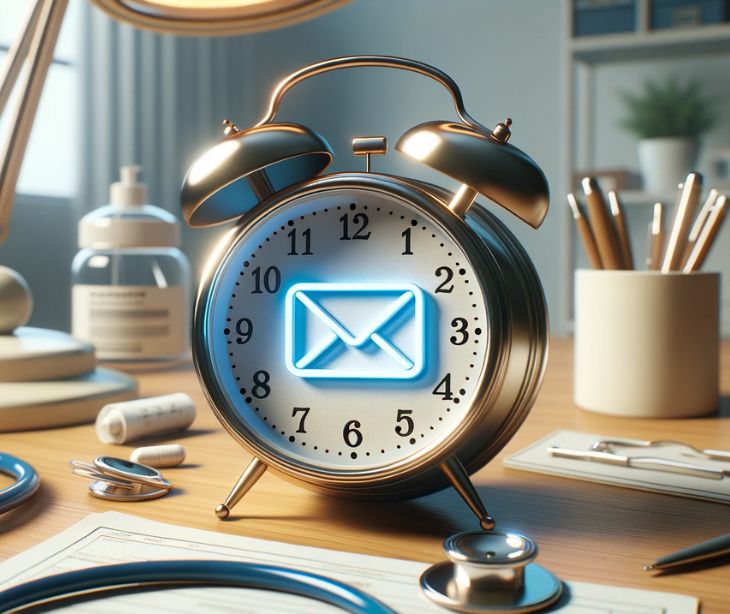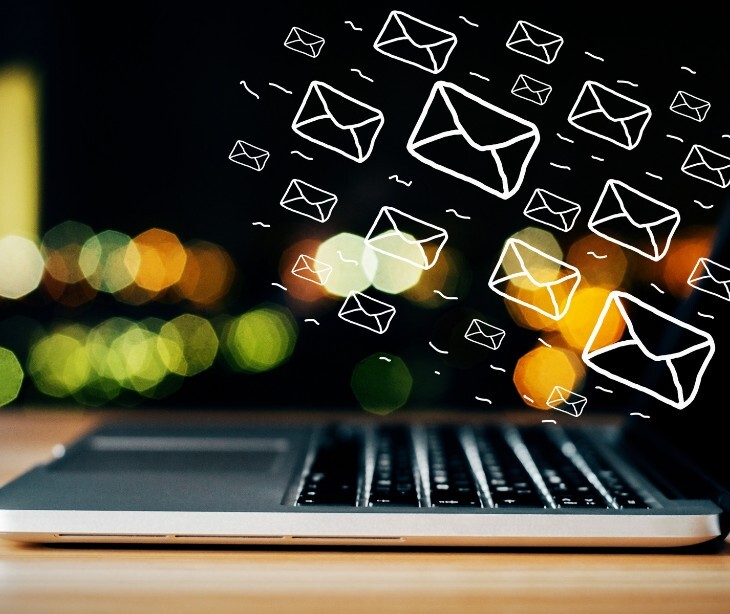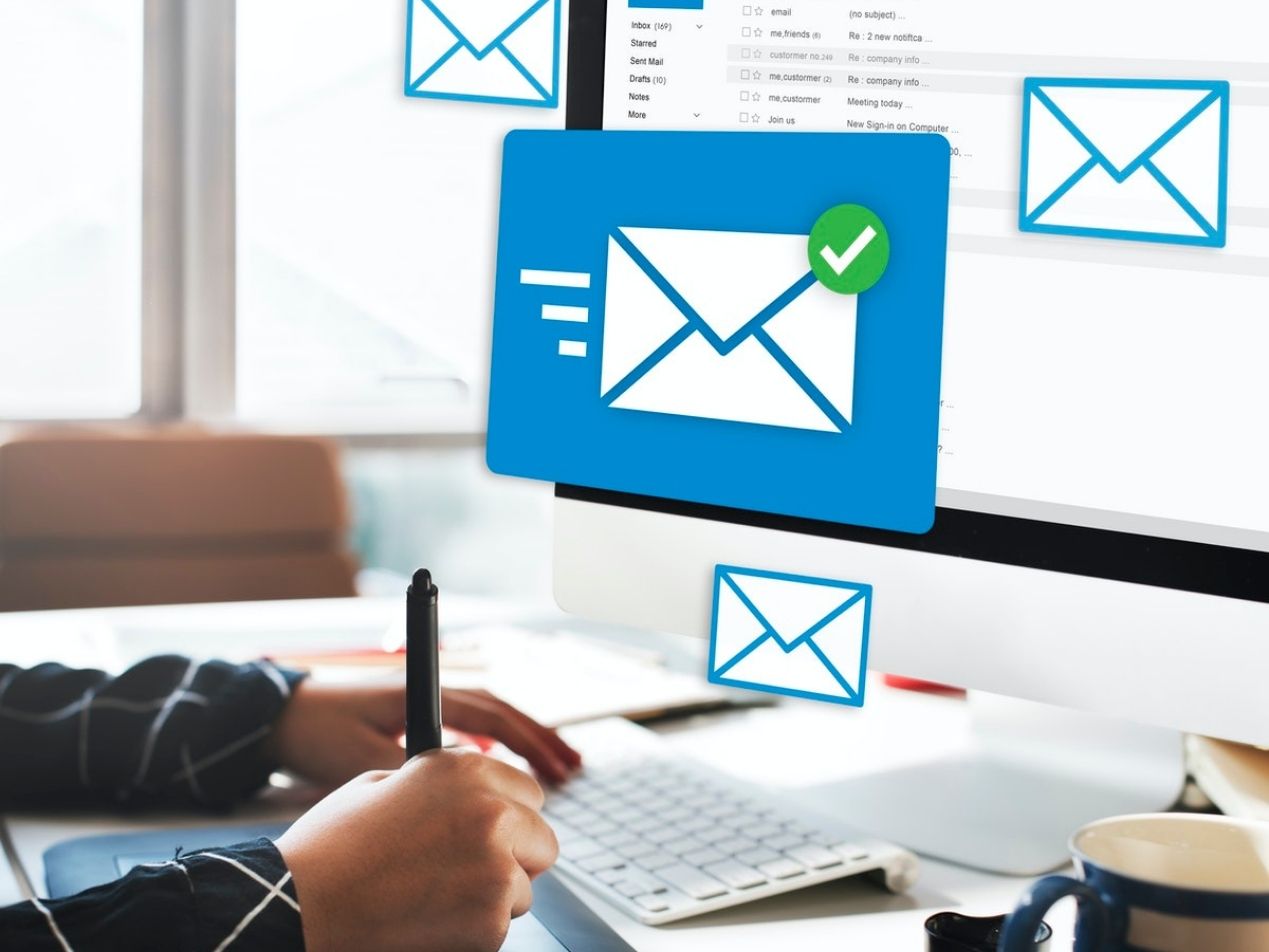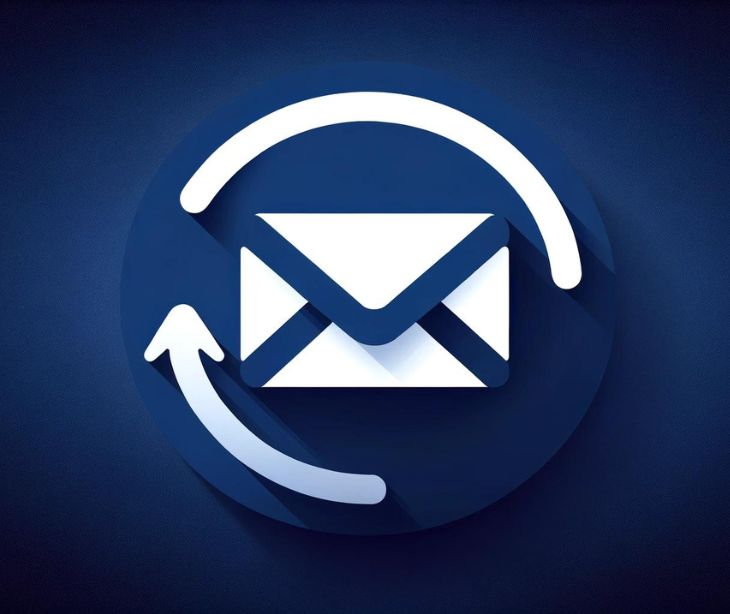
While not a surefire way to ensure emails get engagement, sending newsletter emails at the right time can improve the effectiveness of email marketing.
The importance of sending emails at the right time
Sending newsletter emails at the right time maximizes their effectiveness and ensures that your subscribers engage with your content. While not an infallible strategy, sending emails at the right times allows for an improved chance of engagement with patients.
A few benefits include:
- Attention and engagement: Timing your newsletter emails to arrive in your subscribers' inboxes when they are most likely to be checking their emails increases the chances of your email being noticed and opened. People are more likely to engage with fresh content relevant to their current activities.
- Avoiding clutter: By sending emails at optimal times, you can avoid getting lost in the clutter of other emails that might arrive during busy hours.
- Relevance: The timing of your newsletter can influence its relevance.
- User behavior patterns: Understanding when your target audience is most active online and checking their emails can help you align your newsletter delivery with their behavior patterns. For instance, sending your newsletter early in the day might be effective if your audience tends to check emails during their morning commute.
See also: HIPAA compliant email marketing: What you need to know
The benchmarked times for email newsletters
Omnisend
According to Omnisend's 2023 research study, the best times to send emails based on open rate, clickthrough rates, and the general email patterns of customers were:
Open Rates:
- The best time for open rates is, surprisingly, 8 PM.
- Following that, 2 PM shows a solid open rate.
- Late evening times, such as 11 PM, comes in third.
Clickthrough Rates:
- High click rates are observed during the early morning hours of 5 AM to 6 AM.
- Similarly, click rates peak from 5 PM to 6 PM in the evening. This aligns with people reading and engaging with emails after work hours.
- The high click rates from 5 AM-6 AM can be attributed to low inbox competition.
General Patterns:
- Overall, the classic early morning hours of 6 AM to 11 AM tend to have good open and click rates.
- After lunch hours, open rates remain strong compared to morning opens, but click rates may experience a slight drop.
Hubspot
Based on Hubspots research, the following times were found to be the best times to send emails in terms of engagement:
- 9 AM to 12 PM: 34.9% of respondents find this period most engaging.
- 12 PM to 3 PM: 27.6% of participants report higher engagement during these hours.
See also: Are health tips newsletters HIPAA compliant?
Sending best practices
- Based on subscriber behavior patterns: Send newsletters when your target audience is most likely actively checking their emails. This might be during morning commutes, lunch breaks, or evening leisure time. This information is derived from general email usage patterns.
- Avoid clutter: Sending emails during less crowded times, such as mid-morning or mid-afternoon, can help your newsletter stand out. This insight is based on common email management behavior.
- Relevance and timing: If your newsletter includes time-sensitive content, such as daily deals or event announcements, send it when the content is most relevant. For example, lunchtime offers should be sent closer to lunchtime. This is a general marketing strategy for maximizing content relevance.
- Mobile device usage: Since many people check emails on their mobile devices throughout the day, consider sending newsletters during periods when mobile device usage is high. This is based on the prevalence of mobile device usage for email consumption.
- Time zones: If your audience spans different time zones, schedule your newsletters to arrive at a reasonable time for each time zone. This is necessary to ensure that subscribers across various regions receive emails at a convenient time.
- A/B testing: Use A/B testing to experiment with different sending times and analyze engagement metrics. This approach helps you identify the specific times when your audience responds the best to your newsletters.
Subscribe to Paubox Weekly
Every Friday we'll bring you the most important news from Paubox. Our aim is to make you smarter, faster.




